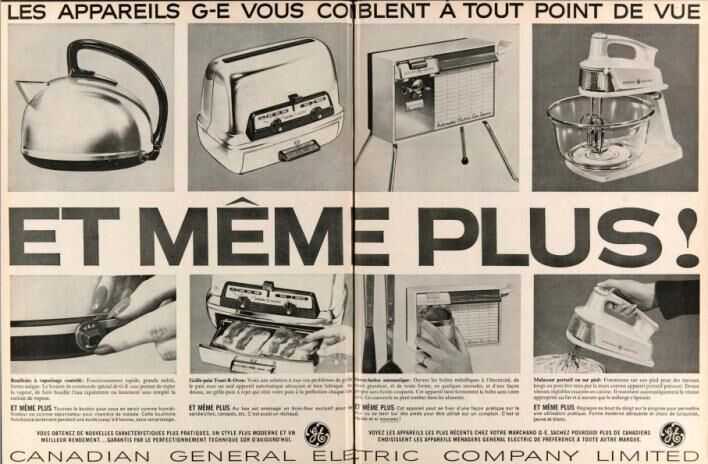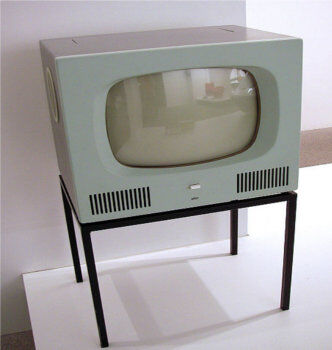After World War II, Canada experienced widespread prosperity. Coming out of the Great Depression, people now had more buying power than ever before. This period of economic growth had major effects on consumerism. Combined with the urban sprawl caused by the creation of suburbs, this improved financial situation affected both the land and the people, who took advantage of the ability to buy more goods. These improved living conditions were the result of better wages in various industries. This is known as the rise of Americanism.
With greater buying power, Quebecers wanted to purchase more products. They gradually adopted an American way of life, believing that happiness comes from owning as many things as possible. This led to household appliances, such as refrigerators and electric stoves, becoming more common in Quebec and Canadian homes. There were more and more advertisements to sell various products to the public.

In addition to various goods, consumer culture encouraged people to buy a car and a house. This resulted in the creation of infrastructures, such as suburbs and roads, to meet public needs.
Despite this wave of modernization, traditional gender roles persisted, with women staying home and men going to work. Many companies promote the idea of “queen of the home,” which promoted the image of a perfect, happy wife at home raising the children. It also discouraged women from getting jobs outside the home. This period is marked by waves of both modernism and traditionalism.
Television was gradually replacing radio as a source of information and entertainment. The television was created in 1926 and several new television channels were created that same year. French Canadians watched soap operas, the news and sports. By 1956, television was so popular that more than half of all homes had a set. It allowed information to reach many people at the same time, which contributed to the development of mass media. Advertisers took advantage of this to sell products to consumers.

Popular programs at the time included:
-
Montreal Canadiens hockey games
-
The coronation of Queen Elizabeth II
-
La Famille Plouffe
-
News programs
-
Le Survenant
-
Les Belles Histoires des pays d’en haut
Cultural programs also featured Quebec artists.
In 1955, the first local television station was set up in Jonquière. Regions far away from Montreal, including Chicoutimi and Magog, also created their own stations. These local stations broadcast customized programs to the public to reduce the growing influence of American channels. Television was a way to express French-Canadian culture and identity and showcase local talents.